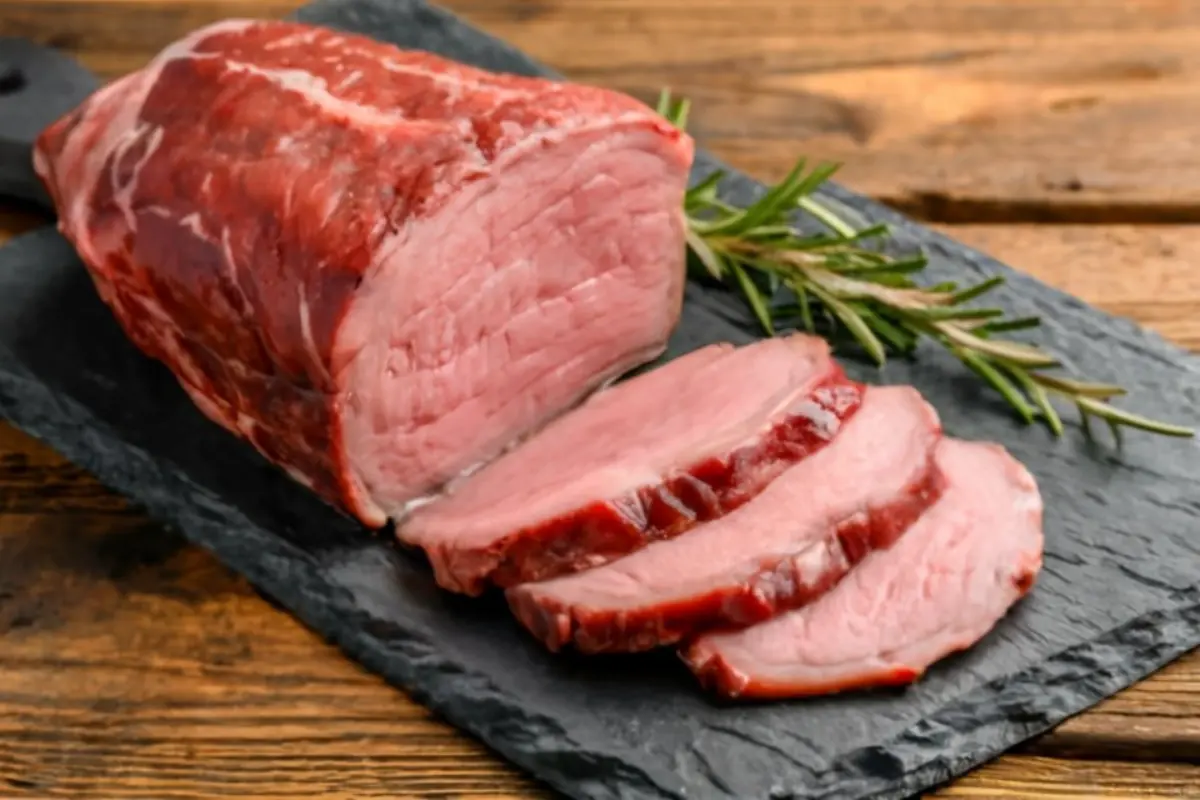Definition and Overview
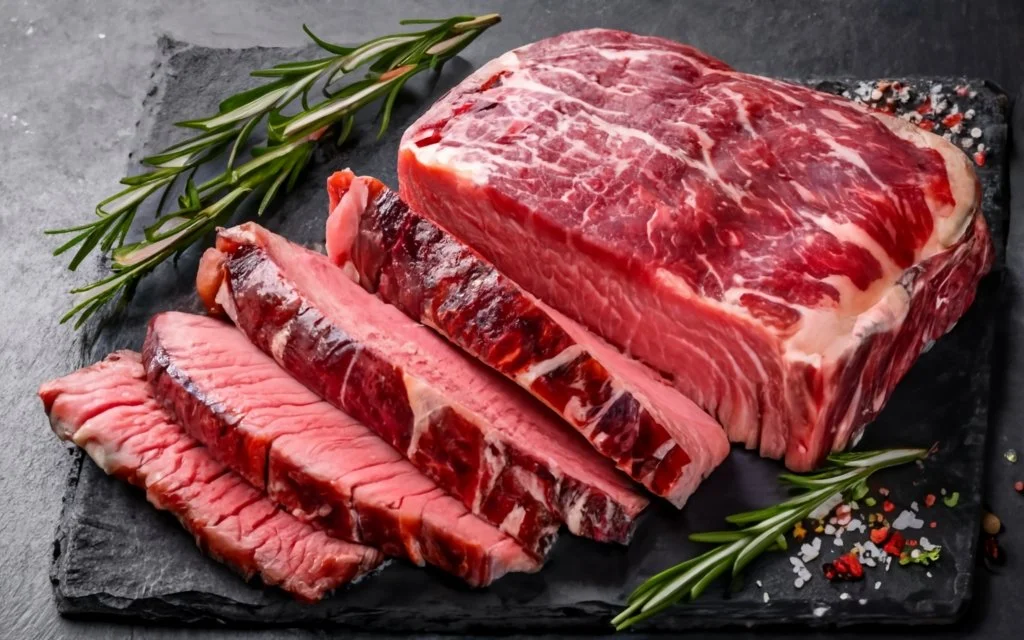
Flap steak, a culinary chameleon, is more than just a cut of beef; it’s a canvas for culinary creativity. Nestled in the bottom sirloin section of the cow, this cut is known for its rich flavor and fibrous texture. It’s a cut that demands attention, not just for its taste but for its versatility in cooking.
Importance in the Culinary World
In the culinary world, flap steak is like an unsung hero. Flap Meat Unveiled: Cooking Tips & Recipes It’s not as celebrated as the ribeye or as famous as the filet mignon, but it’s a staple in many kitchens. Chefs love it for its robust flavor and adaptability. Whether it’s grilled, broiled, or pan-seared, flap steak can hold its own. It’s a cut that brings both flavor and flair to the table, making it a favorite among those who appreciate the art of cooking.
In the next section, we’ll delve into the historical roots of flap steak, tracing its journey from a butcher’s best-kept secret to a beloved ingredient in kitchens worldwide. Stay tuned as we uncover the rich history and cultural significance of this exceptional cut.
Historical Background
Venturing into the past, we uncover the origins of flap steak, a journey that’s as rich as the meat itself. Initially, this cut was somewhat overlooked, hidden in the shadows of more popular beef cuts. Yet, over time, as culinary trends shifted, so too did the recognition of flap steak. Mastering Flap Meat: Origins, Cooking, Versatility This evolution from an underappreciated piece to a sought-after ingredient in gourmet circles reflects the changing palates and culinary explorations of societies worldwide.
Cultural Significance
Furthermore, flap steak holds a unique place in the culinary heritage of various cultures. In France, where it’s known as bavette, it’s a revered component of traditional bistro cuisine. Meanwhile, in Latin America, particularly in Brazil and Argentina, flap steak is a cornerstone of their famed barbecues. This global journey from a humble beginning to a celebrated ingredient in diverse cuisines not only enriches our understanding of flap steak but also answers the intriguing question, “where does flap meat come from?”
Anatomical Details
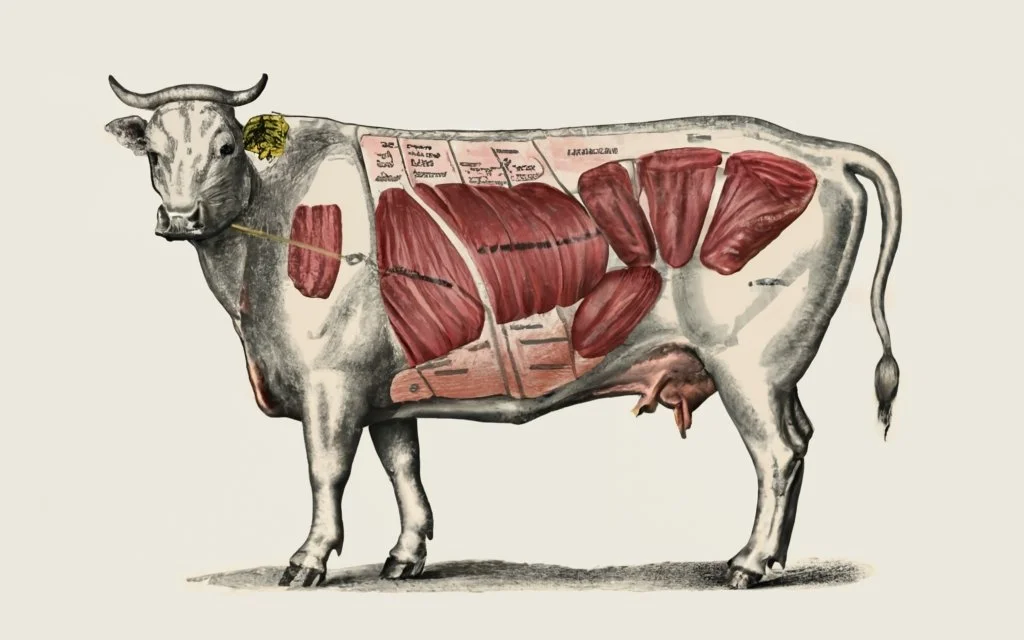
Diving into the specifics, a key question arises: “where does flap meat come from?” This unique cut is sourced from the bottom sirloin, located towards the rear of the cow. Specifically, it’s cut from the obliquus internus abdominis muscle, a region that’s not heavily worked. This particular location is what gives meat its distinctive blend of tenderness and chewiness, setting it apart from other cuts.
Comparison with Other Beef Cuts
Moreover, when we compare flap steak to other beef cuts, its uniqueness becomes even more apparent. Often confused with skirt steak or hanger steak due to its similar appearance and texture, flap steak stands out on its own. It’s thinner and more fibrous, making it ideal for quick, high-heat cooking methods. Two Cloves Kitchen – Flap Meat vs Skirt Steak: What’s the Difference? steak but also emphasizes the importance of understanding different cuts for culinary excellence.
Variations in Different Cultures
As we explore the culinary world, it becomes clear that flap beef is a cut that transcends borders. In France, known as bavette, it’s a bistro favorite, often grilled and savored with a simple yet elegant shallot sauce. Meanwhile, in Latin America, particularly in Brazil and Argentina, How to Cook Flap Meat: Guide in traditional barbecues, known locally as fraldinha and vacio. Here, it’s celebrated for its rich flavor and tender texture.
Various Names and Their Meanings
Additionally, the journey of flap meat around the globe reveals its diverse aliases. In the United States, it’s often termed “sirloin tips,” reflecting its tender and flavorful nature. This variety in names and culinary applications not only enriches our understanding of global cuisine but also answers the intriguing question, “where does flap meat come from?” It’s a testament to the versatility and universal appeal of this unique cut.
Popular Recipes
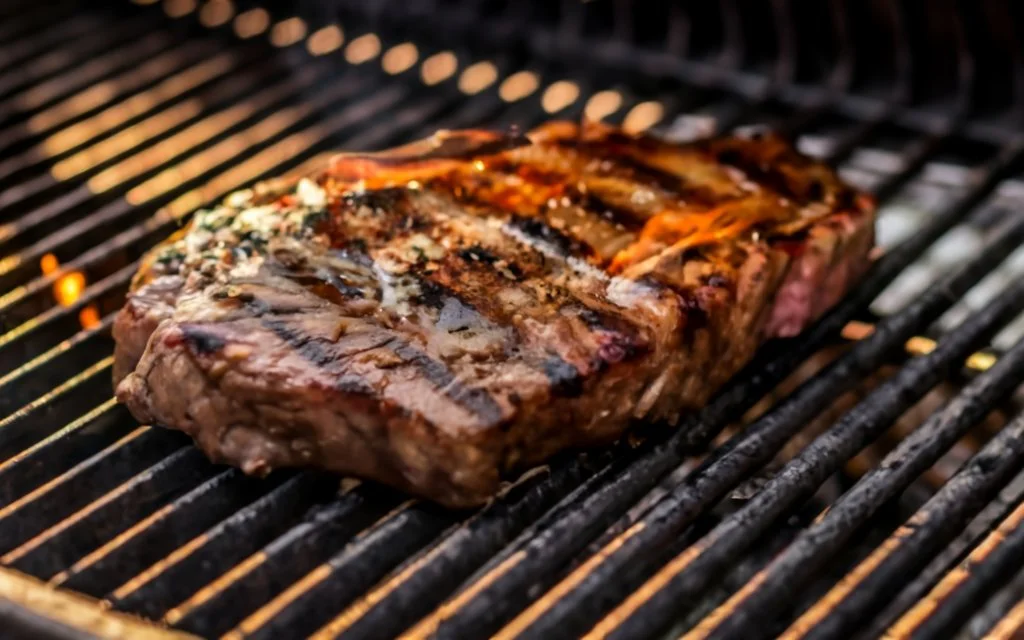
Flap meat, renowned for its robust flavor and versatility, truly shines in a variety of dishes. In the United States, it’s a barbecue favorite, often grilled to perfection and savored as succulent steak tips. Moreover, in Mexican cuisine, it transforms into the star of carne asada. Here, it’s marinated in a blend of citrus and spices, then grilled, creating a dish that’s a fiesta of flavors.
Cooking Methods
Furthermore, the secret to maximizing the culinary potential of flap meat lies in understanding where does flap meat come from and how to cook it. Originating from the bottom sirloin, this cut thrives under high-heat cooking methods like grilling or broiling, which lock in its juices and enhance its natural flavors. Whether you’re grilling, broiling, or pan-searing, each technique unveils a different dimension of this versatile meat. Remember, slicing it against the grain is crucial, ensuring each bite is as tender as it is flavorful.
Health Benefits
Flap meat, a cut that’s both delicious and nutritious, offers more than just taste. It’s a rich source of protein, essential for muscle growth and repair. Additionally, it’s packed with vital nutrients like iron and B vitamins, crucial for maintaining energy levels and overall health. Interestingly, for those curious about where does Beef – It’s What’s For Dinner – Sirloin Bavette/Flap sirloin means it’s leaner than many other cuts, making it a healthier choice for meat lovers.
Dietary Information
Moreover, flap meat’s moderate fat content can be a boon if managed correctly. Opting for grilling or broiling can help reduce its fat content while preserving its rich flavor. Furthermore, pairing it with healthy sides like steamed vegetables or whole grains can turn a flap meat dish into a well-rounded, nutritious meal. These dietary considerations not only enhance the enjoyment of flap meat but also contribute to a balanced diet.
In the upcoming section, we’ll provide valuable insights into selecting the best quality flap steak, ensuring that your culinary creations are not only delicious but also made from the finest ingredients.
Buying Tips
When it comes to selecting the best flap steak, a few tips can go a long way. Firstly, look for meat that’s moist but not overly wet. The color should be a rich, deep red, indicating freshness. Moreover, marbling – those little streaks of fat within the meat – is a key indicator of flavor and tenderness. Opt for cuts with consistent and fine marbling for the best culinary experience.
Indicators of Freshness and Quality
Additionally, the smell is an often-overlooked but crucial factor. Fresh flap meat should have a clean, slightly sweet scent, free from any sour or ammonia-like odors. Also, the texture should be firm to the touch, not sticky or slimy. These indicators not only ensure you’re getting the best quality but also contribute to the overall success of your dish.
Marination and Seasoning
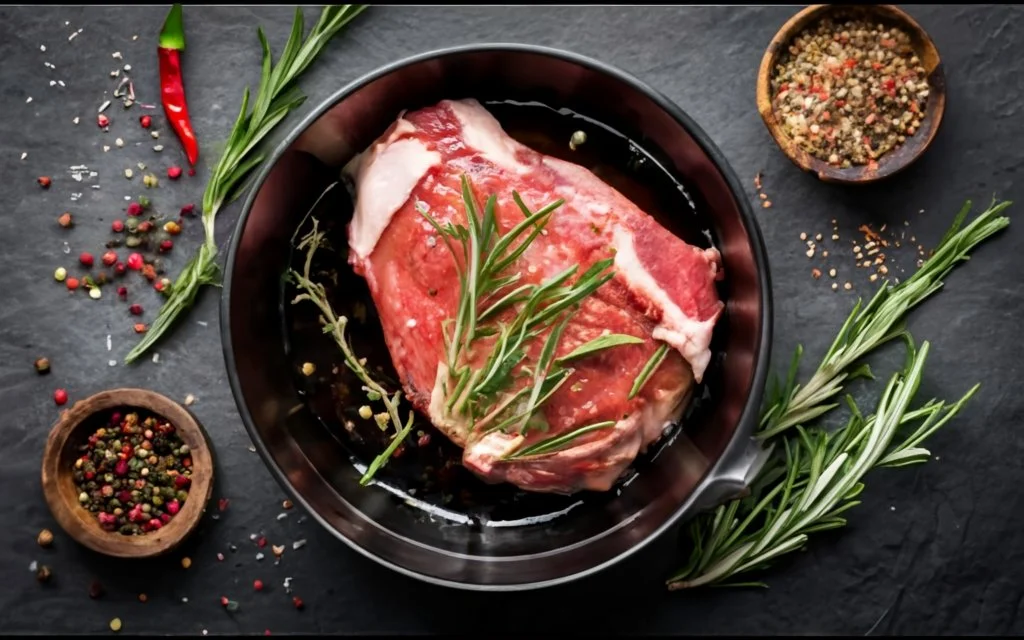
When it comes to preparing flap meat, marination is key. This not only tenderizes the meat but also infuses it with flavors. A combination of acids like vinegar or citrus juice with herbs and spices can elevate the taste profile significantly. Additionally, seasoning flap meat just before cooking ensures that it retains its moisture and flavor.
Cooking Techniques and Tips
Moreover, the cooking technique is crucial in bringing out the best in flap meat. Given its origin from the bottom sirloin, this cut is perfect for high-heat cooking methods like grilling or broiling. It’s essential to cook flap meat to the right degree – usually medium-rare to medium – to ensure it remains tender and juicy. Remember, overcooking can make it tough. Finally, always let the meat rest for a few minutes after cooking; this allows the juices to redistribute, ensuring every bite is as flavorful as possible.
Modern Recipes
In the realm of modern cuisine, flap meat has emerged as a versatile and beloved ingredient. Chefs are constantly innovating, using this cut in a variety of dishes that push culinary boundaries. From gourmet tacos to upscale steak salads, flap meat’s robust flavor and adaptable texture make it a favorite. Additionally, its ability to absorb flavors makes it ideal for experimental marinades and spice rubs, offering a canvas for culinary creativity.
Fusion and Innovation
Furthermore, flap meat’s journey from the bottom sirloin to the forefront of modern cooking reflects its versatility. Fusion dishes that blend traditional and contemporary flavors are increasingly popular, with flap meat often playing a starring role. This cut’s adaptability to different cooking styles and flavors not only showcases its culinary potential but also answers the question, “where does flap meat come from?” in a deliciously innovative way.
Flavor and Texture Comparison
When it comes to flavor and texture, flap meat stands out distinctly among other beef cuts. Its rich, beefy flavor is more pronounced than many other cuts, making it a favorite for those who crave a deeper taste. Moreover, its texture, a perfect balance between tenderness and chewiness, sets it apart. This unique combination is a direct result of its origin from the bottom sirloin, a less worked muscle in the cow.
Culinary Preferences
Furthermore, flap meat’s versatility in cooking methods makes it a preferred choice for many chefs and home cooks. While cuts like ribeye or tenderloin have their charm, flap meat’s adaptability to various cuisines and cooking styles is unparalleled. Whether grilled, broiled, or stir-fried, it maintains its distinct flavor and texture, making it a versatile ingredient in a wide range of dishes. This adaptability not only showcases the culinary potential of flap meat but also enriches our understanding of where does flap meat come from and its place in the world of gastronomy.
Environmental Impact
In today’s world, where sustainability is increasingly important, understanding the environmental impact of our food choices is crucial. Flap meat, like other beef products, comes with its own set of environmental considerations. The production of beef, including flap meat, can have significant impacts on land use, water consumption, and greenhouse gas emissions. However, there’s a growing movement towards more sustainable beef farming practices, which aim to mitigate these impacts.
Ethical Farming Practices
Moreover, the ethical aspects of beef production, including the sourcing of flap meat, are gaining attention. Consumers are now more interested than ever in how their food is produced. This includes animal welfare standards and the overall treatment of cattle from which flap meat is sourced. Ethical farming practices not only ensure better quality meat but also align with the growing consumer demand for responsibly sourced products. This shift in consumer consciousness is reshaping the beef industry, leading to more sustainable and ethical practices in sourcing cuts like flap meat.
Common Questions and Answers
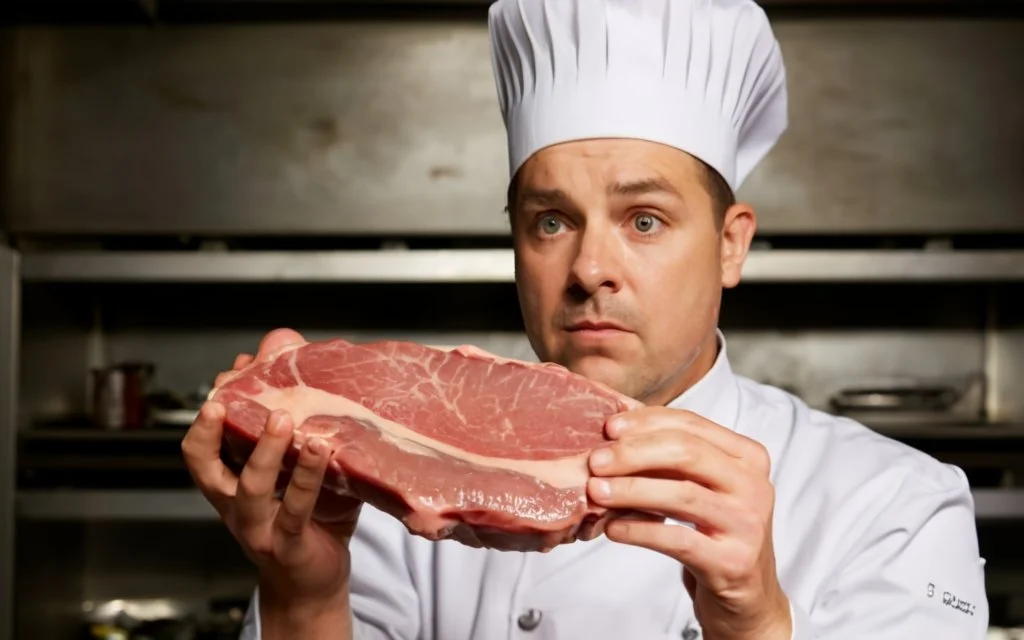
- What is flap meat, and why is it unique?
- Flap meat, a flavorful and fibrous cut, is a steak from the bottom sirloin, known for its rich taste and versatility in cooking.
- What’s the best way to cook flap meat?
- For optimal flavor, flap meat should be cooked quickly at high heat, such as grilling or broiling, to a medium-rare or medium doneness.
- Can flap meat be incorporated into various cuisines?
- Absolutely! Its adaptability makes it a perfect fit for diverse culinary styles, from classic American grilling to exotic international dishes.
- Where does flap meat come from on the cow?
- Flap meat is sourced from the bottom sirloin, specifically the obliquus internus abdominis muscle, near the cow’s rear.
- Is flap meat a nutritious choice?
- Yes, it’s a valuable source of protein and essential nutrients, making it a beneficial addition to a balanced diet.
Summary of Key Points
In wrapping up, our culinary expedition into the world of flap meat has been both insightful and rich in flavors. We’ve traversed its history, celebrated its versatility in kitchens worldwide, and recognized its nutritional benefits. From the charming bistros of France to the vibrant asados of South America, flap meat has established itself as a beloved ingredient across cultures. Its distinctive texture and robust flavor, a result of its origin in the bottom sirloin, elevate it in the realm of beef cuts.
Final Thoughts
Furthermore, this journey has not only shed light on “where does flap meat come from?” but also underscored the growing importance of sustainable and ethical practices in the culinary world. Whether for professional chefs or home cooking enthusiasts, flap meat offers a canvas for creativity and a pathway to responsible eating. As we continue to delve into and appreciate the vastness of global cuisines, flap meat stands as a symbol of culinary diversity and interconnectedness.

